
-
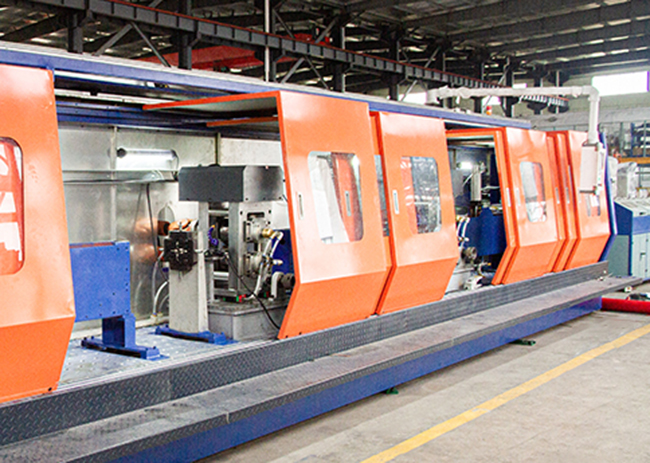
Advantages and disadvantages of three polishing methods for stainless steel belts
There are three commonly used polishing methods for stainless steel strips: mechanical polishing, chemical polishing, and electrochemical polishing, each of which has its own advantages and disadvantages.
2022-07-25 -

Application of stainless steel coil in several major industries
Stainless steel coil is one of the important stainless steel sheets. According to the different production processes, it can be divided into two categories: cold-rolled stainless steel coil and hot-rolled stainless steel coil, and according to different materials, it can be divided into austenite, Stainless steel coils in ferritic, martensitic and duplex materials. Like other types of stainless st
2022-07-25 -

What should be paid attention to when processing stainless steel plate
When machining stainless steel, adding cooling lubricant can actually reduce the cutting heat and cutting force during the cutting process to a large extent. In this regard, we actually need to focus on its ignorance to a large extent in order to prolong the life of the tool and on the other hand to ensure the smoothness of the stainless steel sheet product.
2022-07-25
- 10-212025
Where is the long-term economy of stainless steel strip reflected
The long-term economic core of stainless steel strip is reflected in three dimensions: low maintenance cost, long service life, and high material utilization rate. Although the initial procurement cost is higher than that of ordinary steel, the total cost of the entire life cycle is significantly lower.
- 10-142025
Introduce the basic treatment process of stainless steel coils
The basic treatment process of stainless steel coils refers to the core pretreatment process carried out from "stainless steel hot-rolled/cold-rolled coil products" to "downstream processing applications" to optimize their surface state, performance stability, and processing adaptability. It mainly revolves around the three goals of "surface cleaning, defect repair, and performance adjustment". Th
- 10-102025
What are the processing advantages of stainless steel strips
The processing advantage of stainless steel strip is essentially its dual advantage in material characteristics and process compatibility - it can adapt to various mainstream metal processing processes, maintain stable performance and controllable accuracy during the processing, while reducing processing difficulty and cost, and meeting the needs of different fields for "complex shapes, high preci
- 09-292025
What are the unique alloy compositions of stainless steel coils
The unique alloy composition core of stainless steel coils is chromium (Cr) and nickel (Ni), combined with elements such as carbon (C), molybdenum (Mo), titanium (Ti), etc., forming diverse properties through different proportions to adapt to different usage scenarios (such as rust prevention, high temperature resistance, and corrosion resistance).
- 09-232025
Introduce the processing techniques that affect the surface hardness of stainless steel strips
The processing technology that affects the surface hardness of stainless steel strips revolves around two main logics: "cold working deformation" and "heat treatment control". By changing the internal crystal structure of stainless steel strips (such as grain refinement and internal stress accumulation), their surface and overall hardness are directly determined. Among them, cold rolling process i
 WeChat ID:www.sikali.com.cn
WeChat ID:www.sikali.com.cn




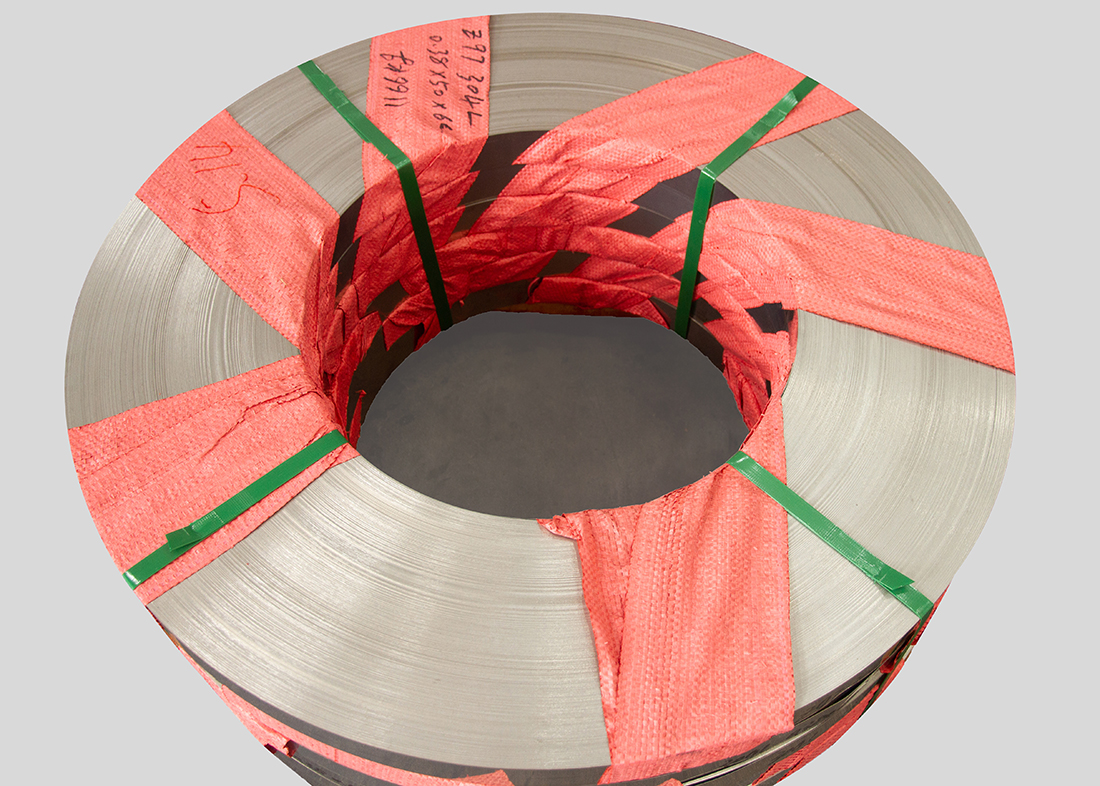
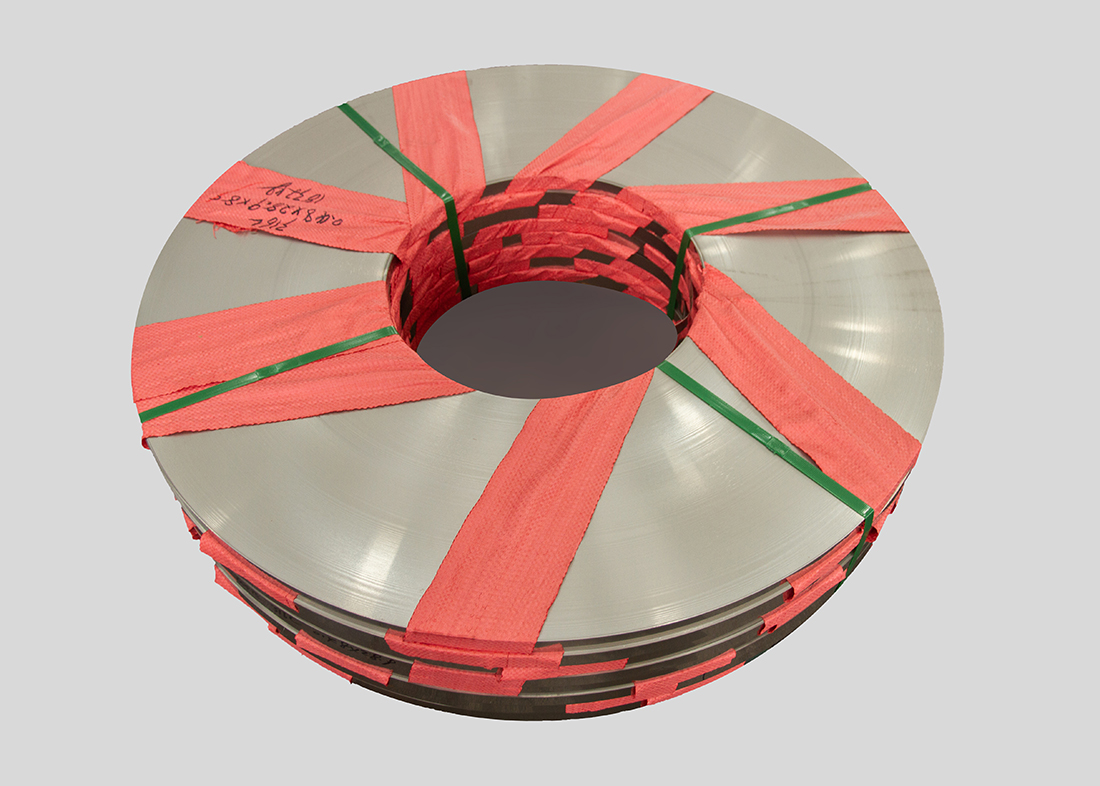
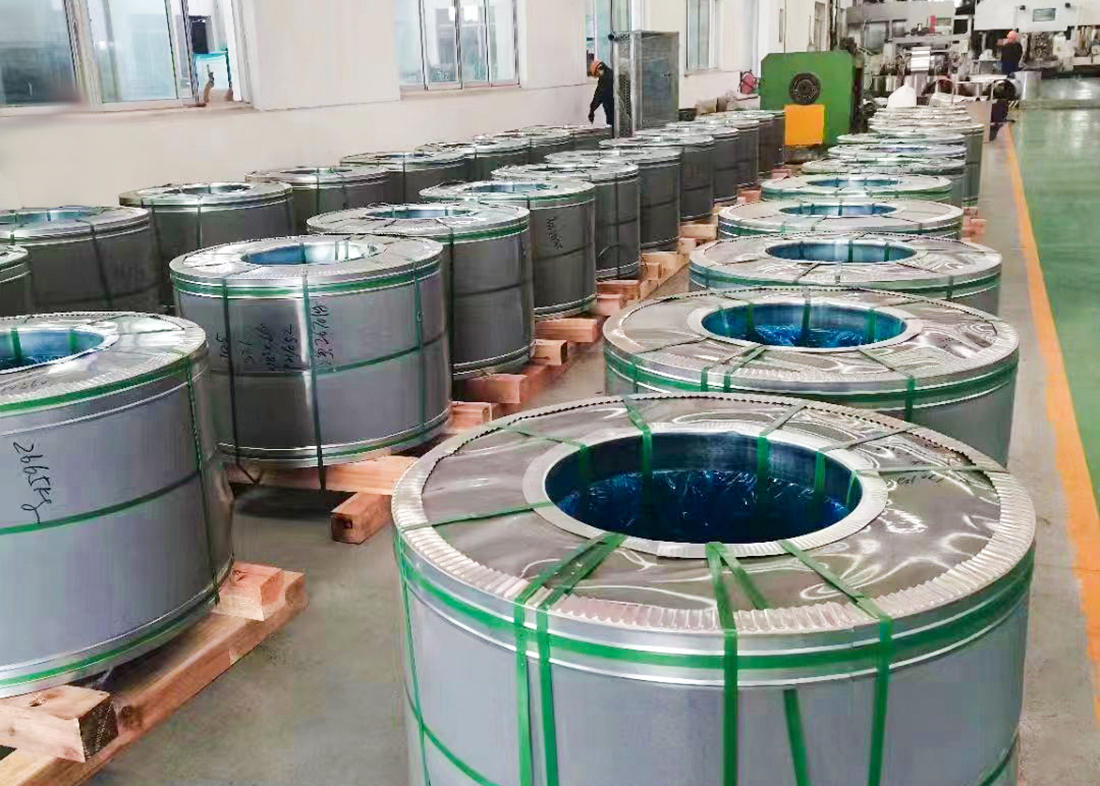
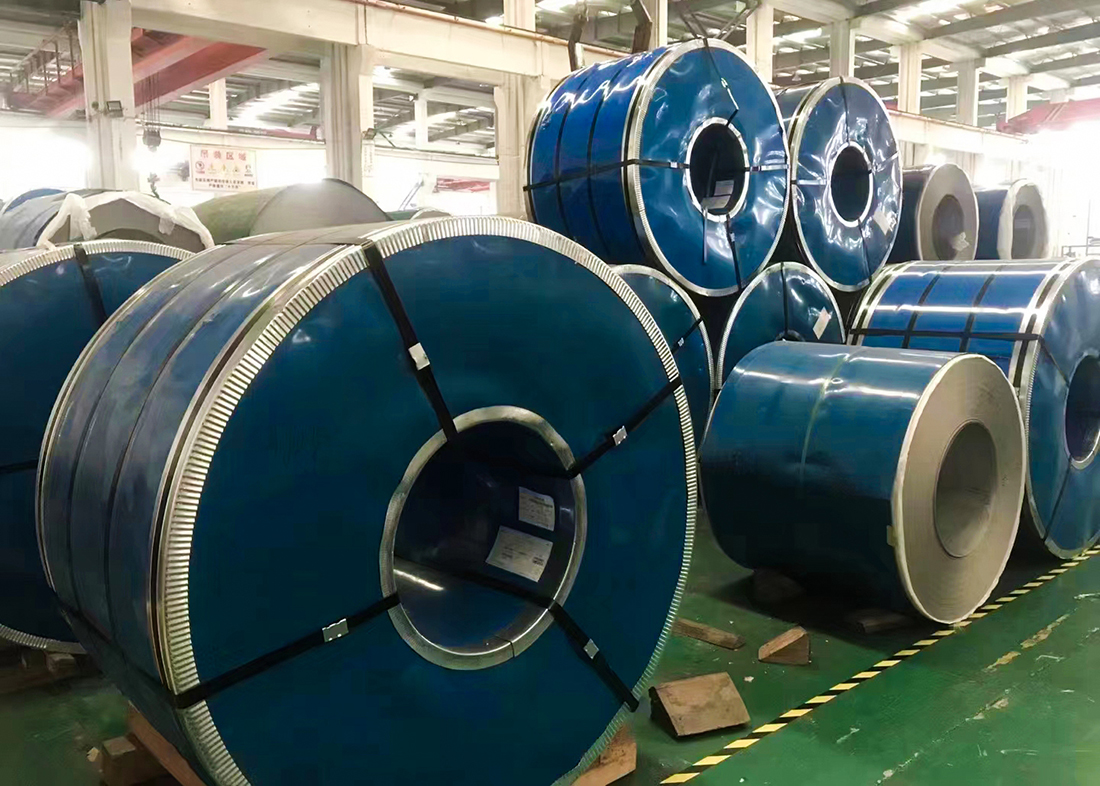
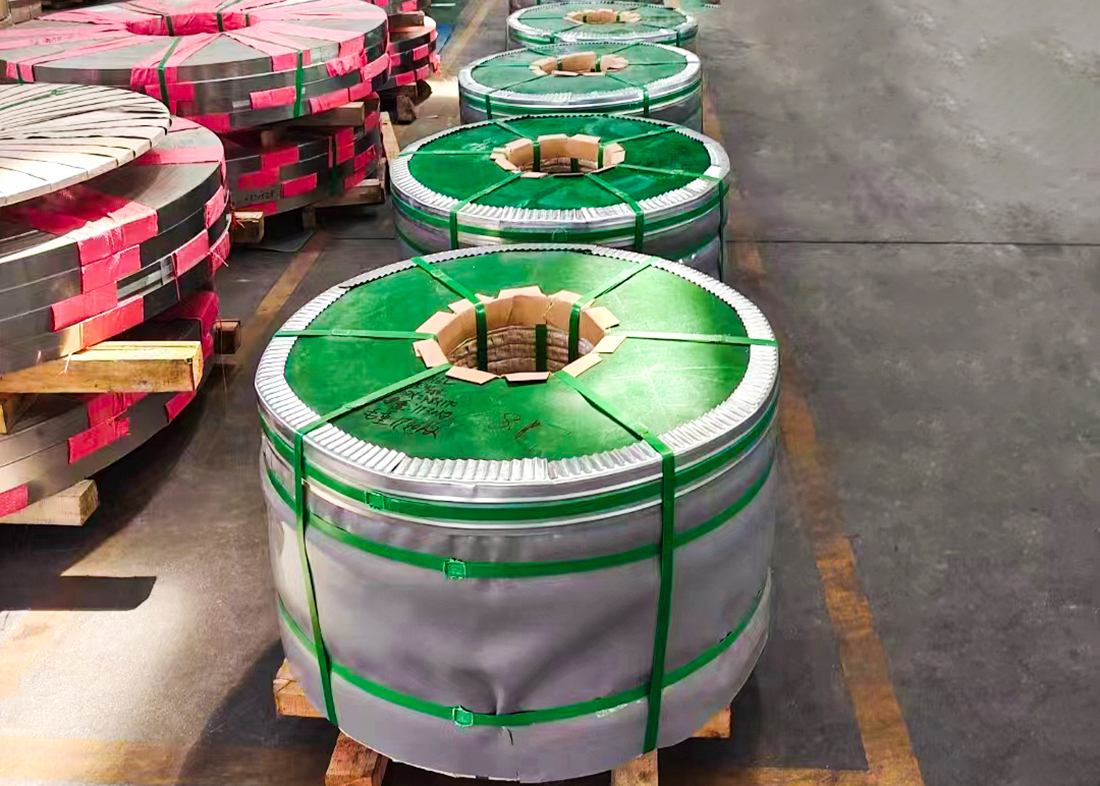


 Add WeChat
Add WeChat
 Contact us
Contact us
 The phone
The phone